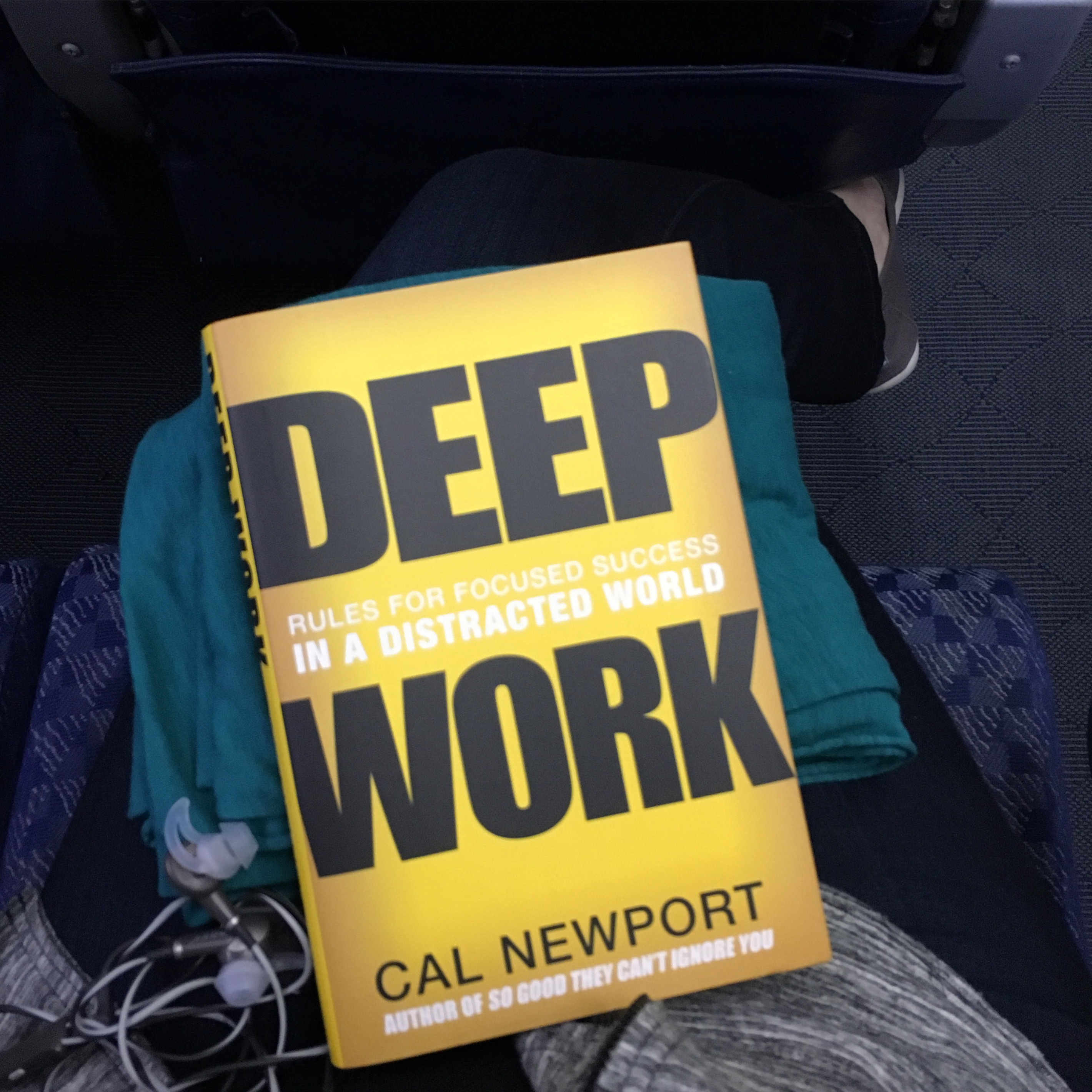
If you’ve been following along, you’ll remember that there are four murals painted by Diego Rivera in the Bay Area and seeing some of Rivera’s murals has been on my personal bucket list since I studied his work in college.
I set out to see all four of the murals in the Bay Area, and this is the last one left to share with you. I saved the biggest and the best for last!

This massive mural is called The Marriage of Artistic Expression of the North and of the South on this Continent — or Pan American Unity for short. At almost 1800 square feet, it’s said to be Rivera’s largest single standing mural. (I’m not sure about that claim, but that’s what their literature says.)
It’s hidden away in a nondescript building on the City College campus in a neighborhood (ironically) called Sunnyside, far enough from the city center that it’s unlikely to draw any tourists.

The mural was created as a part of the “Art in Action” program at the Golden Gate International Exposition on Treasure Island in September of 1940. The goal was to allow fair-goers to watch the artists’ creative processes in real time. When the mural was finally completed in December (after the fair was done), more than 30,000 people came to the public viewing.
The world was solidly in the grips of WWII in the fall and winter of 1940 when Diego Rivera conceived and create Pan American Unity. The Nazis had conquered most of Europe and Britain was the only remaining holdout. One of the mural’s panels shows Stalin, Hilter, and Mussolini banding together as allies — before Hilter invaded Russia.
While Rivera was well-known for his controversial communist politics, he’s said to have stood strongly and publicly against the Stalin-Nazi alliance at risk to his own life. (Don’t forget that people came to bitter ends over disagreements with Stalin even as far away as Mexico.)
He also advocated passionately for the United States to enter the war and come to the aid of Europe. Probably as a result, Pan American Unity show a rather positive view of the US compared to some of Rivera’s other murals. He called it his personal contribution “to ward off the forces of aggression.”

“My mural will picture the fusion between the great past of the Latin American lands, as it is deeply rooted in the soil, and the highly mechanical developments of the United States.”
~ Diego Rivera

Pan American Unity was originally intended to hang in a library that was never built. US entry into WWII halted all non-essential construction, and a number of things colluded to prevent the installation of the mural on permanent display — the death of architect Timothy Pflueger (Rivera’s benefactor in SF), the McCarthy era politics of the 1950s, and the death of Rivera in 1957.
So the mural sat in storage for more than 20 years until it was finally installed in the foyer of the City College of San Francisco’s new performing arts theater in 1961, later renamed for Rivera.

Today the theater isn’t remotely new, and City College has experienced some very tough times. It’s on the brink of losing its accreditation, getting last-minute reprieve after reprieve, and jeopardizing all of it’s public funding. Hopefully the community college can correct its deficiencies because according to the San Francisco Chronicle, “City College is the largest public school in California, and one of the largest in the country” with nearly 80,000 students.
The nearby buildings and the theater itself feel weighed down by those challenges, worn and tired. Entering the foyer of the theater to see such a over-sized, elaborate mural felt jarring, like stumbling across a buried treasure. Initially I was let down and disappointed that the mural isn’t more accessible and in a better, prettier spot for viewing.
But as I took in panel after panel and reflected on the struggle depicted, I felt sure that Rivera wouldn’t want it any other way.
~
If you enjoyed this post, check out the other three murals by Rivera in San Francisco:
- The Making of a Fresco at the the San Francisco Art Institute
- The Allegory of California at the City Club of San Francisco
- Still Life & Blossoming Almond Trees in Stern Hall at UC Berkeley

